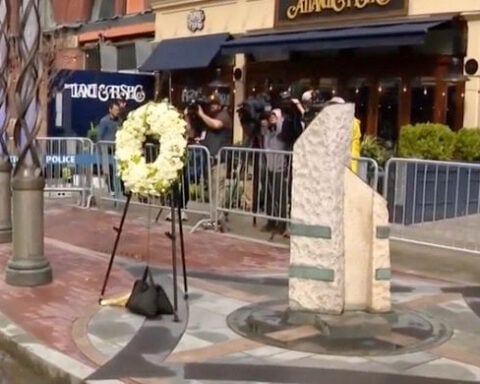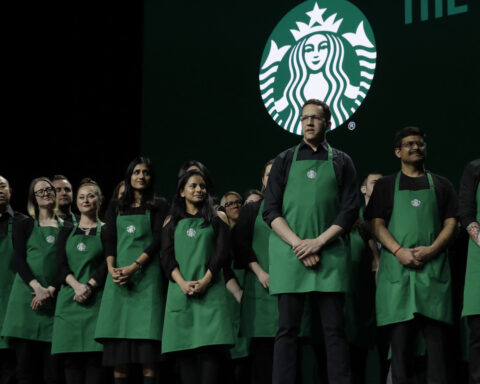A growing number of business owners report that their Gen Z employees cannot distinguish between genuine and counterfeit U.S. currency, particularly when handling older bills. This leads to increasing incidents of legitimate money being incorrectly labeled as fake.
At a Florida frozen yogurt shop, an assistant manager discovered his teenage employees had marked several authentic bills as counterfeit, permanently damaging the currency with permanent marker. "I shed a tear because of the sharpie they scrawled onto the bills," said the manager, identified only as Sam, in a widely circulated Reddit post reported by Newsweek.
The incident involved pre-1999 currency, including a $5 bill from the 1960s, which the young staff members failed to recognize as legitimate tender. The bills, marked "fake" and "do not accept," were rendered unusable despite being genuine currency.
According to social media reports, similar incidents have emerged across the country. One customer described a cashier defacing their 1950 $100 bill with marker annotations, potentially reducing its collector's value. Another customer reported being challenged when attempting to pay with a $2 bill, requiring manager intervention to verify its authenticity.
Recent data from Talker Research indicates that 30% of Gen Z actively avoid carrying cash due to security concerns, while 33% fear misplacing physical bills.

Despite these apprehensions, Credit Karma research reveals that 69% of Gen Z reported increased cash usage compared to the previous year, surpassing both Gen X (47%) and baby boomers (37%). The study notes a rise in "cash stuffing," a budgeting technique where currency is sorted into designated envelopes.
Business owners acknowledge the need for enhanced training. Sam admitted he should have familiarized his staff with various bill designs, noting that U.S. currency has undergone multiple redesigns over the past three decades. "It is a digital world nowadays," he said, recognizing that many young workers have limited experience with physical currency.
The trend presents a unique paradox: According to Talker Research, while Gen Z carries more cash on average ($81.60) than baby boomers ($47.70), their ability to authenticate older bills remains limited. This disconnect highlights the growing need for comprehensive currency training in retail environments where cash transactions continue to occur.

 Trump has begun another trade war. Here's a timeline of how we got here
Trump has begun another trade war. Here's a timeline of how we got here
 Canada's leader laments lost friendship with US in town that sheltered stranded Americans after 9/11
Canada's leader laments lost friendship with US in town that sheltered stranded Americans after 9/11
 Chinese EV giant BYD's fourth-quarter profit leaps 73%
Chinese EV giant BYD's fourth-quarter profit leaps 73%
 You're an American in another land? Prepare to talk about the why and how of Trump 2.0
You're an American in another land? Prepare to talk about the why and how of Trump 2.0
 Chalk talk: Star power, top teams and No. 5 seeds headline the women's March Madness Sweet 16
Chalk talk: Star power, top teams and No. 5 seeds headline the women's March Madness Sweet 16
 Purdue returns to Sweet 16 with 76-62 win over McNeese in March Madness
Purdue returns to Sweet 16 with 76-62 win over McNeese in March Madness








